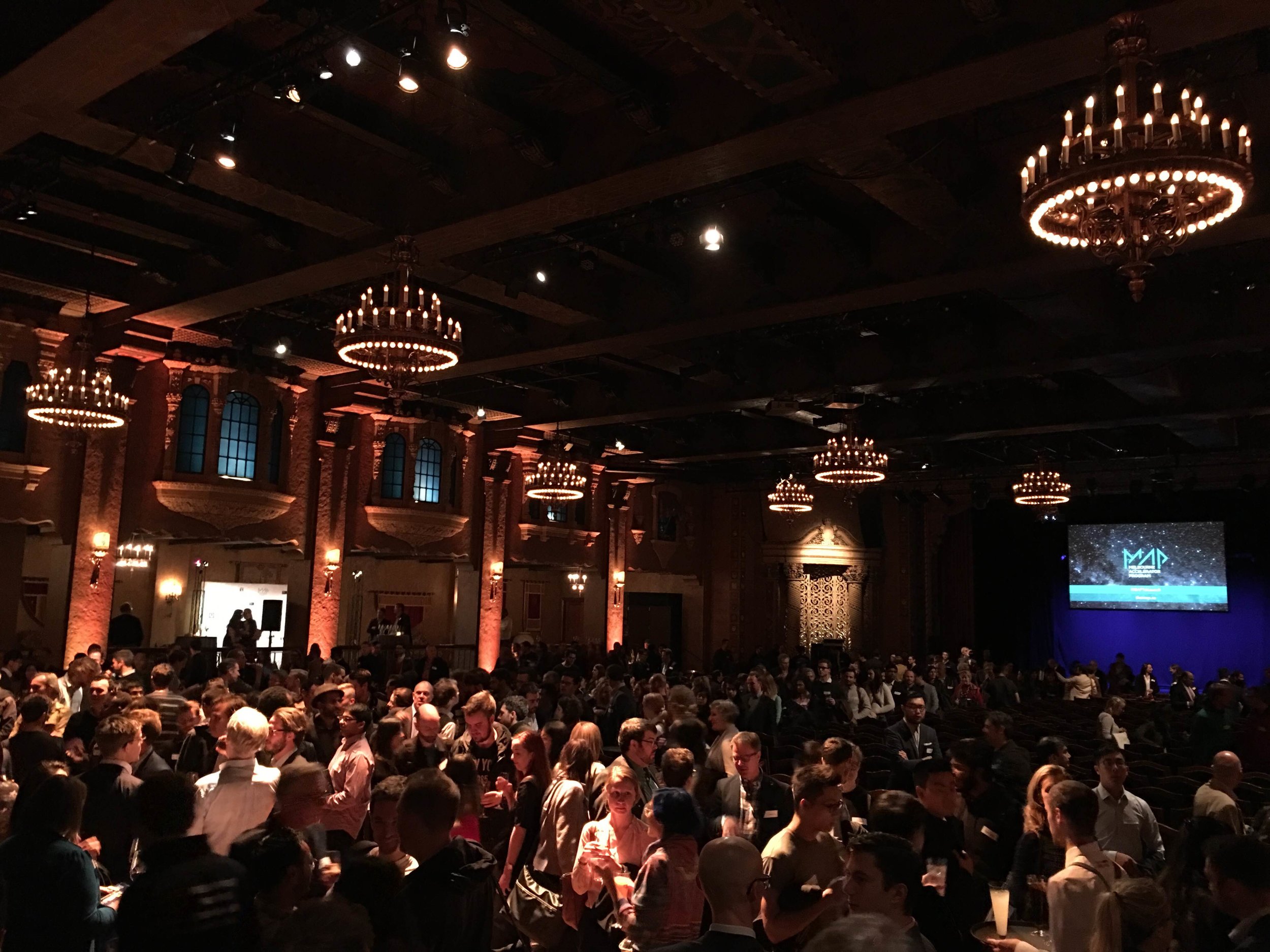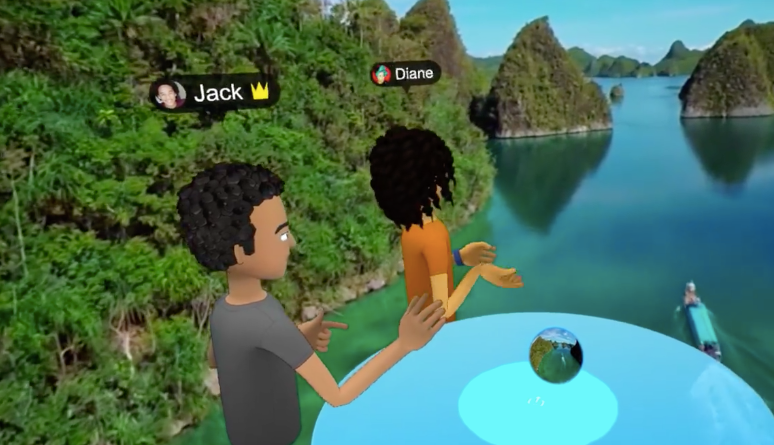Preparation, Not Fear: Tips For Working and Living in Isolation during COVID-19
Hit the news right now and you’ll see almost nothing but sadness and negativity about COVID-19. Rightly so; it’s a pandemic; it’s a rapidly accelerating #globalhealthemergency, and not enough seems to be done by many leaders til it’s too late.
As we mentioned, it’s easy to feel despondent and helpless about the future. We can’t fix everything, but we can focus on the things we can. The current projections are that this will be around for at least a few months, if not, longer; and decisions on working, studying, travelling, and socialising are changing rapidly literally overnight. If you’re not used to working, studying or living in isolation or confined quarters, what can you do?
How are some ways to prepare for home isolation or working from home:
1) Keep up your exercise, eating and daily health routines
It’s absolutely vital that we keep up our immunity, whether we have access to gyms and sports groups in normal life, or steps, water bottles, exercise bands and barbells at home. Download a fitness app (such as this one, which has home exercises you can do without gym equipment!); watch YouTube for free fitness classes; do some starjumps, pushups, lunges, and squats every hour; do a few walking laps or light jogs within the confines of your home every hour; take a break from the screen every hour so your eyes can adjust. And yes, it’s okay to let the sunlight in (though wear sunscreen if you sit in direct sunlight); no one’s said that COVID-19 seeps through windows at present!
Obviously, if you’re in quarantine because you fit the criteria for recent overseas travel or immediate contact with a confirmed COVID19 case, which is what the current Australian Government guidelines are for testing, you will need to take it easy and self-monitor more closely for signs of symptoms, rather than exercising yourself through respiratory failure in the worst case scenario. But, you have good judgment; use it.
And, of course, use the chance to cook (or learn to cook!) some delicious, nutritious healthy meals for yourselves
2) Keep up your daily hygiene routines as though you’re still going to the office/uni/school
Seems like a silly thing to say, but it’s quite common when working from home to be tempted into staying in pajamas without a shower all day! The WHO Handwashing recommendations for preventing COVID-19 is not just for handwashing; taking a shower obviously will help wash off any germs just like washing your hands will. We were befuddled to see the local supermarket handwash shelves stripped bare, yet creaking with 1-litre bottles of shower gel right next to it!.
Plus, keeping your daily hygiene routine also helps reset your “home” mindset for “work/study”, and thus help you with your productivity.
3) I’m unemployed/a casual worker unpaid during isolation/unable to do my usual job at home because I’m a mechanic or otherwise
We’re not going to make light of this; it’s a huge issue for millions of people around the world, and there is a LOT that needs to be done by Governments, employers, insurers and other structures to help protect you in times like these. And, it is scary.
Instead of focusing on the negative, let’s think about the positive. The time off may just be for two weeks. Or even a month in some cases, or longer, which is daunting, and in the realm of what you CAN’T control. But think about the following, which you CAN control:
Is there some skill or unique knowledge I have that I can turn into a product or service offering online or over the phone? Could you be a coach? A tutor? Write and sell an eBook? Sell an online course? Platforms like Teachable and Thinkific provide free classes on how to plan, create and launch an online course, simply with your laptop. It can take time, but it can be as simple as you need. You don’t necessarily need to film with your face in front of the camera if it doesn’t suit you. The best thing is, once COVID-19 is over, or even beforehand when quarantine is over, your product or service can still be there, running along in the background when you return to work, or when you hit the ground running looking for other jobs. That’s basically your side-hustle helping you with an additional income stream, no matter what your employment situation is at any stage in your life; no matter how small the income may be at first; and during isolation, it helps to keep your mind active and focused on a goal and outcome to prevent worrying about the unknown.
What have I always wanted to do or wished for more time for, but couldn’t because I was working/studying? Barring the ones like “travel to Europe” or “hike Kilimanjaro”; perhaps you’ve wanted to spend more time with your children; organise your photo albums; learn to paint; reorganise your home; learn to dance; or other things that you could do at home. In fact, “travelling to Europe” could still be done, kind of, virtually, with a decent VR headset and travel film- search online for suggestions. Buy eBooks or read free travel blogs stacked with photos upon photos of Greece, Venice, the Caribbean… or write up your own travel memoirs into a blog or book yourself.
And in terms of learning to dance or paint - online class portals like Skillshare and CreativeLive have thousands of free or low-cost classes you can take to pick up a new skill.Speak to your local welfare sources; to your employer; to your bank; to your service providers (electricity, etc) about what sort of assistance they can provide, if any. Some may be willing to defer or freeze payments temporarily while you’re in sudden hardship, though this may be more difficult when the rest of your country is in lockdown. But if you don’t ask, you don’t know. And some employers in Australia have committed to paying their casual staff if they are suddenly isolated or quarantined due to COVID19.
4) Keep your mind healthy. Meditation; mindfulness; yoga; deep breathing; and other calming techniques are useful in all kinds of situations, and for all ages and demographics. Isolation can be tough; you may miss the everyday social interactions you didn’t realise you get from the workplace or school or study institution; learning a meditation technique can be incredibly helpful for keeping your mind and body strong. Yes, meditation has significant health effects on the body, including lowering blood pressure, preventing illness, and improving your immunity. It may not prevent you from falling sick (including from coronavirus, unfortunately), but can help your mindset and physical health if you do happen to fall unwell, or if a loved one falls ill.
5) Keep social. Home isolation doesn’t mean you have to switch off your phone! Make time to call a friend each day. If you’re home with family or friends, make time for just having your usual meals together; exercising together; learning a fun new activity together; or playing board games together. An interesting article in the BBC recently showed some unexpectedly positive benefits from working from home and spending more time with loved ones in forced isolation in Wuhan and other parts of China.
6) Talk to someone for help. It’s also okay to speak to a phone or telehealth counsellor over Skype, Facetime or other platforms if you’re having trouble coping. If your employer offers an Employee Assistance Program (EAP) or other free confidential counselling service for their workers, you can access this over the phone or video call as a benefit of your employment. The Australian Government has finally approved funding for Medicare-enabled telehealth consults for GPs to see possible coronavirus and chronic illness patients remotely without having to physically come into the clinic, where they may be exposed to coronavirus or potentially infect others. There are numerous online psychologists and counsellors, with varying fee structures (mostly private out-of-pocket funding in Australia at the time of writing); and other telehealth services in other specialties including Psychiatry, Endocrinology, Rheumatology, Dietetics, Physiotherapy, and other specialties, which, if you see a current Specialist, you may be able to access. All it takes is a quick phone call or email to find out.
7) Your temporary quarantine/isolation is a gift that others don’t have. It may not seem like it immediately; but if you think about the poor doctors who died in Wuhan during the initial outbreak, while the world was trying to figure out what this mysterious new virus was; what the incubation period was; and how to prevent its spread; if you think about the several months’ head start you and your country have in identifying the cause and knowing more about what to expect from COVID19; we are truly, incredibly fortunate, and if we all act together with #compassion and #kindness, we still have time to fight this and stop this horrible disease from spreading and worsening its effects on the world.
These are just some tips to start out with; we may well add more but for now, enjoy this post, let us know if you found it helpful!













